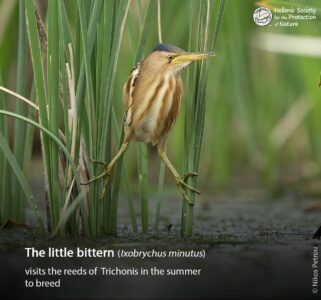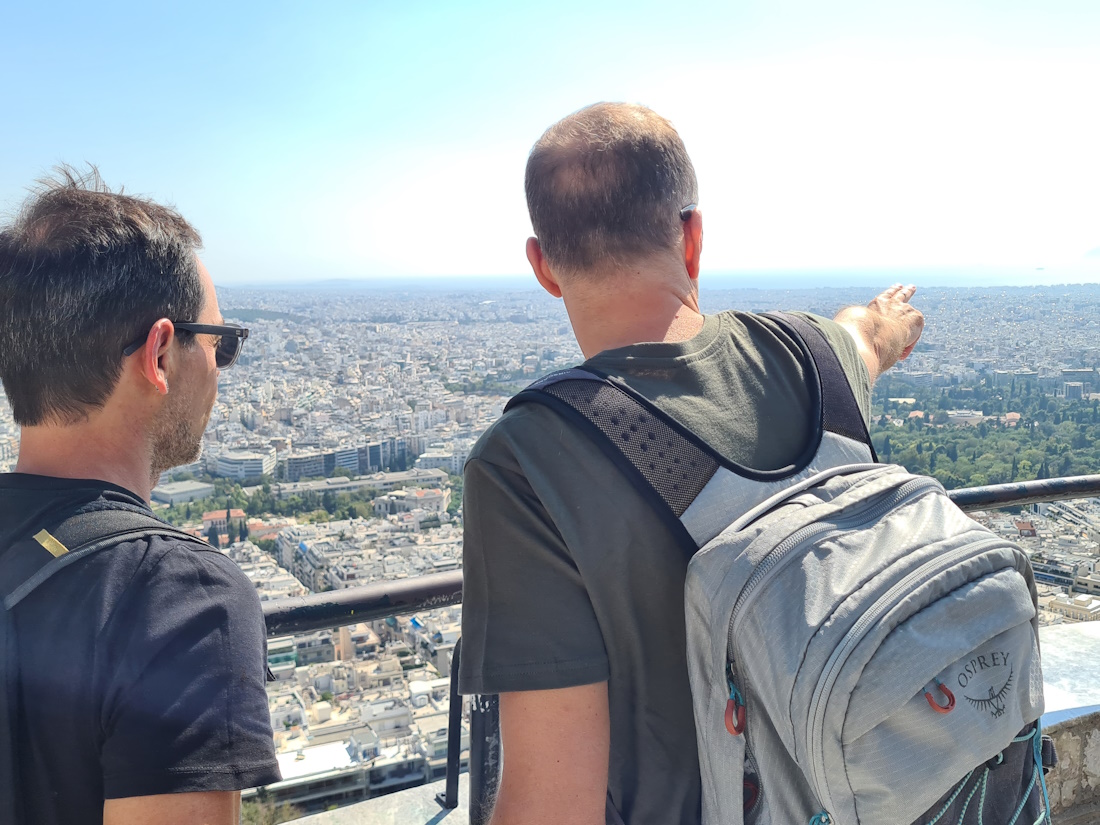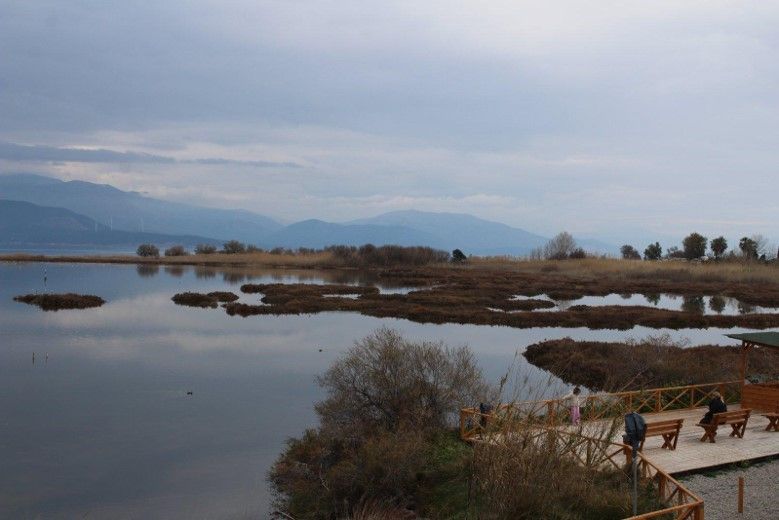On the World Wetlands Day 2024, we travel mentally to Aetoloakarnania. With two major rivers, Acheloos and Evinos, running through it, two of the most important lagoons in Greece (those of Messolonghi and Aetoliko), four large artificial and six natural lakes and bordering the Amvrakikos Gulf wetland complex, Aetoloakarnania is the “queen” of wetlands in Greece.
In the heart of this area lies Trichonis, the largest and deepest natural lake in Greece, with an area of 95.8km2, a maximum length of 21.5km and a maximum depth of 59m. The lake is home to many important species of flora and fauna, with a significant presence of endemic species, mainly invertebrates and fish. Among the latter is the smallest fish in Europe, the dwarf goby (Economidichthys trichonis), which lives exclusively in the waters of Trichonis and is listed as Endangered by the International Union for Conservation of Nature (IUCN). Trichonis is considered one of the cleanest Greek lakes. It is supplied with water from precipitation, streams originating from the mountains Panaetoliko and Arakynthos (with a catchment area of up to 400 km2), but also from underground karst springs. Its waters are constantly renewed, as they are channeled to the neighbouring lake Lysimachia through a connecting canal.
In addition to the natural beauty of the landscape and the undoubted value of its biodiversity, the lake is both a point of reference and a source of life for the humans living around it; the surrounding communities draw drinking and irrigation water from Trichonis. It is also used for recreational and professional fishing, mainly for big-scaled sand melt (Atherina boyeri). Notably, Trichonis is one of a few freshwater bodies that host populations of this fish that lives mainly in the sea.
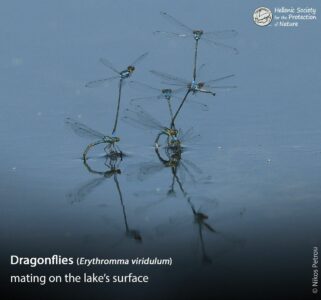 Trichonis is inextricably linked to the historical and cultural heritage of the area, having taken its name from the ancient city of Trichonio, which was located approximately at the site of today’s village of Gavalou, where the archaeological site of the Asclepius of Trichonio is located. The area around the ‘Sea of Aetolia’ (as Trichonis was traditionally called, because its clear waters resemble the sea) there is touristic activity, linked to the many archaeological and historical sites, such as Thermo, but also to the numerous monasteries and picturesque churches.
Trichonis is inextricably linked to the historical and cultural heritage of the area, having taken its name from the ancient city of Trichonio, which was located approximately at the site of today’s village of Gavalou, where the archaeological site of the Asclepius of Trichonio is located. The area around the ‘Sea of Aetolia’ (as Trichonis was traditionally called, because its clear waters resemble the sea) there is touristic activity, linked to the many archaeological and historical sites, such as Thermo, but also to the numerous monasteries and picturesque churches.
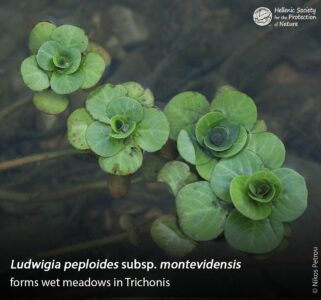 Lake Trichonis, together with the adjacent Lysimachia, are protected by international legislation and included in the NATURA 2000 network (site code GR2310009), as they host several habitats protected by the Habitats Directive (92/43/EEC). The management and protection of the twin lakes falls under the responsibility of the Management Unit of the National Park of Messolonghi and Protected Areas of Western Sterea Greece, which is part of the N.E.C.C.A.
Lake Trichonis, together with the adjacent Lysimachia, are protected by international legislation and included in the NATURA 2000 network (site code GR2310009), as they host several habitats protected by the Habitats Directive (92/43/EEC). The management and protection of the twin lakes falls under the responsibility of the Management Unit of the National Park of Messolonghi and Protected Areas of Western Sterea Greece, which is part of the N.E.C.C.A.
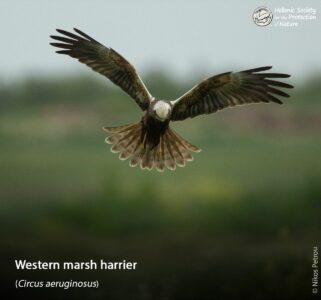
The Hellenic Society for the Protection of Nature participates in the ProCleanLakes project funded by the European HORIZON 2020 Programme, which is coordinated by the University of Vienna with the participation of 18 partners from 10 European countries. The aim of the project is to protect European natural lakes from degradation, improve and maintain their good ecological status and enhance their resilience to climate change. One of these lakes is the unique and precious Trichonis. Let us give it the attention and care it deserves.
